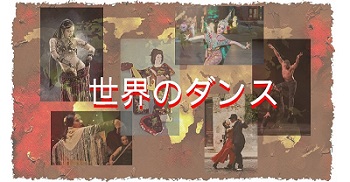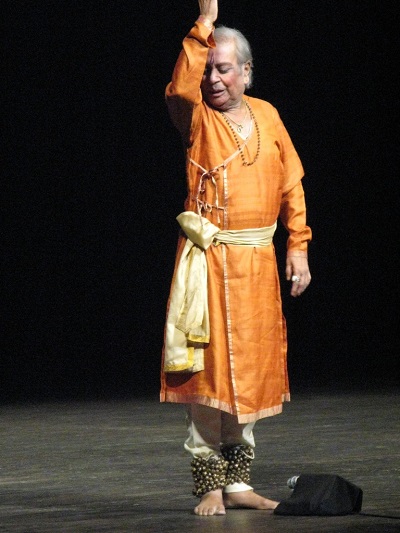Kathak is one of the four major forms of Indian classical dance, originally started from Katahars, storytellers in ancient northern India. Wandering Kathakars communicated stories from mythology through dance, songs and music.
Kathak dancers tell various stories through their hand movements and footwork, wearing small bells (Ghungroo) on their ankles. There are certain influence in flamenco which originates in gypsies in north India−two dances share many visual and rhythmic similarities.
Its history goes back to the 5th century BC. During the medieval period, Kathak became a part of court culture, performed under the patronage of India’s Persian kings and Muslim moghuls.
After the 16th century, it was protected by the court during the Mughal Empire of the Islamic dynasty, and was popular as an entertainment for aristocrats and developed as a court dance. Through its long history, Kathak is a dance that combines the culture and elements such as a ritual dance dedicated to the god and a gorgeous and advanced technique as an Islamic court dance.
Impression of Kathak Dance (by flamenco dancer)
Footwork and rhythm were somehow similar to flamenco so it was not hard to understand, but the word to express the rhythm such as “Ta Tei Tei Tah” was something unfamiliar and took time to get used to it.
It was surprising that Kathak dancer can make a sharp sound with barefoot! I always make steps with shoes on, so found it quite different.
It was impressive to hear that she feels purified while dancing, since it is a mythical dance. Flamenco often dances songs of mourning and sorrow (of gypsy), I feel exhausted both physically and mentally after the show. Well, I guess the purpose of to dance is different, and I felt fresh to experience a different dance.
Kathak is said to be the origin of flamenco, so it was fun to know both the similarities and differences. Flamenco has a relatively short history, so I was a bit jealous of the depth of kathak dance cultivated over a long history.


